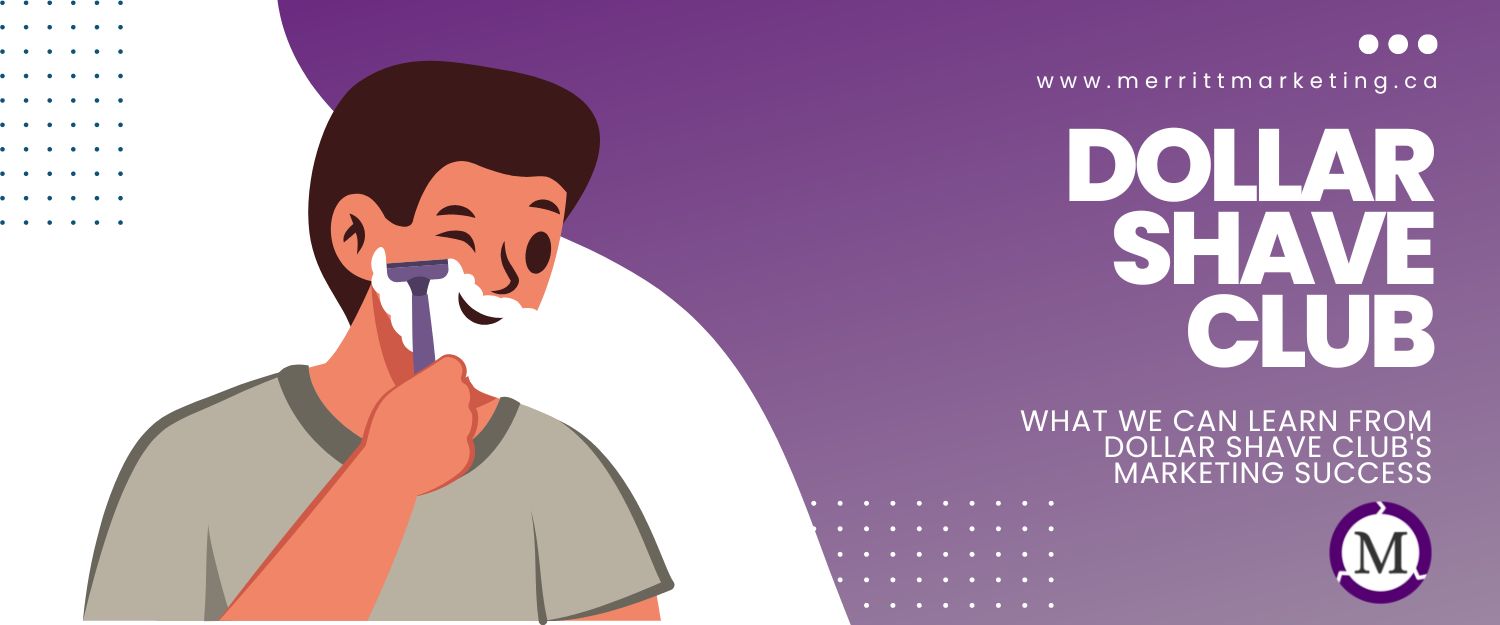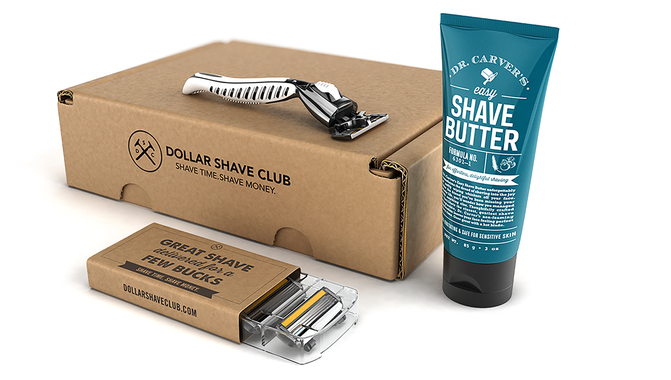When it comes to running a successful business, understanding your competition is crucial. In today's fast-paced and competitive world, businesses that fail to research their competition risk falling behind and losing their market share. In this article, we will explore the importance of researching your competition and provide a step-by-step guide on how to do it effectively.
Introduction
In today's global marketplace, competition is fierce. With so many businesses vying for the attention of consumers, it is essential to have a clear understanding of who your competitors are and what they are doing. By researching your competition, you can gain valuable insights into their strengths and weaknesses, and use this information to improve your own business strategies.
Why Research Your Competition?
Researching your competition offers many benefits, including:
Identifying Your Competitors
The first step in researching your competition is to identify who they are. This may seem obvious, but many businesses fail to properly identify their competitors. By understanding who your competitors are, you can better understand the market landscape and how to position your business for success.
Understanding Their Strategies
Once you have identified your competitors, the next step is to understand their strategies. This includes everything from their marketing tactics to their pricing strategies. By understanding how your competitors operate, you can identify areas where you can improve your own strategies.
Identifying Market Trends
Researching your competition also allows you to identify market trends. By keeping a close eye on your competitors, you can spot emerging trends and adjust your business strategies accordingly.
Improving Customer Experience
By researching your competition, you can gain valuable insights into what your customers are looking for. By understanding the customer experience provided by your competitors, you can improve your own customer experience and stay ahead of the competition.
How to Research Your Competition
Now that we have established why it is important to research your competition let's take a look at how to do it effectively.
Identify Your Competitors
The first step in researching your competition is to identify who they are. Start by conducting a Google search using keywords related to your business. Make a list of the businesses that appear in the search results, and then use tools like SEMrush or Ahrefs to identify other competitors that may not have appeared in your initial search.
Analyze Their Websites
Once you have identified your competitors, the next step is to analyze their websites. Pay close attention to the design and layout of their website, as well as the content they publish. Look for opportunities to improve your own website and differentiate yourself from the competition.
Review Their Social Media
Social media has become a vital part of any business strategy. Review your competitor's social media channels to see what they are posting and how they are engaging with their audience. Look for ways to improve your own social media strategy based on what your competitors are doing.
Monitor Their Online Reviews
Online reviews can make or break a business. Monitor your competitor's online reviews to see what customers are saying about them. Look for areas where your competitors are falling short and find ways to provide a better experience for your own customers.
Attend Industry Events
Industry events are a great way to stay up-to-date on the latest trends and developments in your industry. Attend conferences and trade shows to see what your competitors are doing and to network with other professionals in your field.
Conclusion
Researching your competition is essential if you want to stay ahead in business. By understanding who your competitors are, their strategies, and market trends, you can position your business for success. Use the steps outlined in this article to research your competition effectively, and stay ahead of the competition.
FAQs
Q1. How often should I research my competition?
A1. You should research your competition regularly. This will help you stay up-to-date on the latest trends and developments in your industry, and ensure that you are always positioned for success.
Q2. What tools can I use to research my competition?
A2. There are many tools available to help you research your competition, including SEMrush, Ahrefs, Google Alerts, and more. These tools can help you identify your competitors, analyze their websites, and monitor their online reviews.
Q3. How can I differentiate myself from my competitors?
A3. To differentiate yourself from your competitors, you need to identify what makes your business unique. This could be your product offering, your customer service, your pricing strategy, or something else entirely. Once you have identified your unique selling proposition, focus on promoting it through your marketing efforts.
Q4. Can researching my competition help me improve my customer experience?
A4. Yes, researching your competition can help you improve your customer experience. By understanding what your competitors are doing well, and where they are falling short, you can identify areas where you can improve your own customer experience and stay ahead of the competition.
Q5. What should I do with the information I gather from researching my competition?
A5. Once you have gathered information about your competition, use it to inform your business strategies. Look for opportunities to improve your website, social media presence, pricing strategy, and customer experience based on what your competitors are doing. By using this information strategically, you can position your business for success and stay ahead of the competition.
Add a comment
Effective content marketing is all about creating high-quality content that engages your audience, drives traffic to your website, and generates leads. However, creating content that resonates with your audience and achieves your marketing goals can be a challenging task. That's where the collaboration between machine and human comes into play.
In recent years, the use of Artificial Intelligence (AI) and machine learning has become increasingly popular in content creation. These technologies can analyze vast amounts of data, identify patterns, and generate content that is relevant, informative, and engaging.
However, relying solely on machines to create content can result in a lack of creativity, originality, and human touch. That's why the collaboration between machine and human is essential for effective content marketing.
The Benefits of Machine and Human Collaboration in Content Marketing
When machines and humans collaborate, the benefits are significant. Here are some of the benefits of machine and human collaboration in content marketing:
- Improved Efficiency - By using AI and machine learning to generate content ideas, conduct research, and analyze data, humans can focus on creating content that is more creative and engaging.
- Increased Productivity - AI can help automate repetitive tasks, allowing humans to focus on creating high-quality content that resonates with their audience.
- Better Quality Content - By combining the analytical capabilities of machines with the creativity and human touch of humans, you can create content that is both informative and engaging.
- Enhanced Personalization - AI can help you analyze customer data, enabling you to create personalized content that resonates with your audience.
- Improved SEO - By using AI to analyze keywords and optimize content, you can improve your search engine rankings and drive more traffic to your website.
How to Implement Machine and Human Collaboration in Content Marketing
To implement machine and human collaboration in content marketing, you need to follow these steps:
- Identify Your Audience - Before you start creating content, you need to identify your target audience and understand their needs, preferences, and pain points.
- Use AI and Machine Learning to Generate Ideas - AI and machine learning can help you generate content ideas that are relevant to your audience and aligned with your marketing goals.
- Use Human Creativity to Craft Compelling Content - Once you have a list of content ideas, you need to use your creativity and expertise to craft compelling content that resonates with your audience.
- Use AI to Optimize Content for SEO - AI can help you analyze keywords, optimize content, and improve your search engine rankings.
- Continuously Analyze and Optimize - Finally, you need to continuously analyze your content performance and optimize your content strategy to achieve your marketing goals.
Conclusion
Machine and human collaboration is essential for effective content marketing. By combining the analytical capabilities of machines with the creativity and human touch of humans, you can create high-quality content that engages your audience, drives traffic to your website, and generates leads. Implementing machine and human collaboration in content marketing requires a strategic approach, but the benefits are significant. If you're looking to improve your content marketing strategy, consider adopting a machine and human collaboration approach to achieve your marketing goals.
Add a comment
Are you struggling to create content that speaks to your target audience? Do you feel like you're putting in all the work, but not getting the engagement you want from your audience? It's time to take a step back and define your target audience. In this blog post, we'll explore how to identify your target audience, understand their needs and interests, and create content that resonates with them.
Identifying Your Target Audience
Before you can create content that speaks to your target audience, you need to define who your target audience is. Some things to consider when identifying your target audience include:
- Demographics: What age range, gender, income level, education level, and occupation does your target audience fall into?
- Location: Where is your target audience located? Are they local or national?
- Interests: What are your target audience's hobbies and interests?
- Pain Points: What problems does your target audience have that your business can solve?
Once you've identified your target audience, it's time to understand their needs and interests.
Understanding Your Target Audience's Needs and Interests
To create content that resonates with your target audience, you need to understand their needs and interests. Some ways to do this include:
- Social Media: Use social media to research what your target audience is talking about and engaging with.
- Surveys: Conduct surveys to get direct feedback from your target audience.
- Analytics: Use analytics tools to see what content is resonating with your target audience.
Understanding your target audience's needs and interests will help you create content that speaks to them.
Creating Content that Speaks to Your Target Audience
Now that you know who your target audience is and what they're interested in, it's time to create content that resonates with them. Some tips for creating content that speaks to your target audience include:
- Use Their Language: Use language that your target audience uses to talk about their needs and interests.
- Solve Their Problems: Create content that addresses the pain points of your target audience.
- Be Authentic: Be yourself and show your personality in your content.
- Use Visuals: Use visuals to make your content more engaging and appealing.
Creating content that speaks to your target audience will increase engagement and help you build a loyal following.
Testing and Refining Your Content
Creating content that resonates with your target audience is an ongoing process. It's important to test and refine your content to make sure it's resonating with your audience. Some ways to test and refine your content include:
- A/B Testing: Test different versions of your content to see what performs better.
- Feedback: Ask for feedback from your audience and use it to improve your content.
- Analytics: Use analytics tools to see how your content is performing and make changes accordingly.
Testing and refining your content will help you create even more effective content in the future.
Conclusion
Defining your target audience and creating content that speaks to their specific needs and interests is key to building a loyal following and increasing engagement. By understanding your target audience's demographics, location, interests, and pain points, you can create content that resonates with them. Don't forget to test and refine your content to make sure it's resonating with your audience. By following these tips, you'll be well on your way to creating content that speaks directly to your target audience.
Add a comment
Customer reviews are an essential part of building a successful business. They provide valuable insights into what customers like about your business and can help you attract new customers by showcasing positive experiences. In this article, we will cover both tried-and-true methods for gathering positive customer reviews, as well as some new strategies for the forward-thinking entrepreneur.
The traditional methods for gathering positive reviews include:
- Providing excellent customer service - This should go without saying, but it means being responsive, attentive, and going above and beyond to meet your customers' needs. It also means being transparent and honest about your business, and addressing any negative feedback promptly.
- Asking for reviews directly - Simply ask your customers to leave a review, either in person, via email, or on your business' website. Make it easy for them to do so by providing a link to your business' review page on Google, Facebook, or another platform.
- Responding to negative reviews and using them as an opportunity to improve - Negative reviews can be tough, but they can also provide valuable feedback. Respond to negative reviews in a professional and empathetic manner, and use the feedback to improve your business.
- Offering incentives for leaving a review - Offer your customers a discount, coupon, or other incentive in exchange for leaving a review. Make sure that your incentives are legal and ethical, and that they don't compromise the integrity of your reviews.
- Utilizing online platforms such as Google My Business (GMB) and Facebook to gather reviews - Encourage your customers to leave a review on GMB or Facebook by providing a link or QR code, or by sending them an email or text message with instructions on how to do so.
There are also some new and innovative ways to gather positive reviews, such as:
- Incorporating AI into your customer feedback and review system - AI-powered feedback and review systems can automate the process of gathering customer reviews and provide valuable insights into your customers' experiences. We will be discussing this in more depth, very soon.
- Using social media platforms like TikTok, Instagram, and YouTube Shorts to promote positive reviews - Utilize these platforms to showcase customer experiences, tell your business story, and promote positive reviews. They are short and sweet and get to the point. And it's easy for people to quickly respond.
- Utilizing vertical video to showcase customer experiences in a unique and engaging way - Vertical video provides a unique and engaging way to showcase customer experiences and promote positive reviews. And again, as we have been covering a lot lately, vertical video is the way to go!
It's important to gather, keep record and try to maximize the promotion of your positive reviews because they can have a significant impact on your business. Positive reviews help build trust with potential customers, improve your online visibility, and provide valuable insights into what your customers like about your business.
To utilize "cutting edge" strategies, consider using social media platforms such as Facebook, Google My Business (GMB), LinkedIn, Twitter, TikTok, Instagram, YouTube Shorts, and vertical videos to promote your positive reviews. Offer incentives for customers who leave a review, create review-specific content for social media, and utilize chatbots or AI technology to automate the process of getting good reviews.
In our business, we know the importance of positive reviews in attracting new customers and maintaining satisfied ones. While we have received positive feedback over the years, it's not been as frequent as it could, simply because we haven't actively gone out and asked. That's why we're taking our own advice and putting these suggestions into practice. So if you're a current client, we'd love it if you could leave us a review! It doesn't have to be formal or lengthy, just a few words about your experience working with us. Let's see if we can make positive reviews a more frequent occurrence for us, too.
While these suggestions may seem overwhelming, start by putting a few into practice and making them a seamless part of your operations. Again, the benefits of positive reviews cannot be overstated, as they can greatly impact your reputation and lead to increased business success.
Add a comment
Dollar Shave Club is a company that has become synonymous with successful and innovative marketing strategies. The company's monthly subscription service for high-quality razors has disrupted the traditional razor market and become a case study in effective marketing.
Marketing Approach
Dollar Shave Club's marketing approach has evolved over the years, from its initial focus on humour and shock value to a more refined and sophisticated brand identity. Despite these changes, the company has consistently emphasized its commitment to providing a high-quality product and excellent customer service, which has helped it to retain its loyal customer base.
A recent article from Optimonk, Nikolett Lorincz highlights the key elements of Dollar Shave Club's marketing strategy, including its unique brand voice, the use of video marketing, and a focus on its target audience. The article also discusses how the company has leveraged social media, email marketing, and influencer marketing to reach its target audience and build its brand.
According to The Strategy Story, the success of Dollar Shave Club can be attributed to its business model, which leverages the power of the subscription economy. By offering a monthly subscription service, the company has been able to create a recurring revenue stream and build a loyal customer base.
Additionally, the company has used data-driven insights to constantly improve its products and customer experience, which has helped it to stay ahead of the competition.
So, what can we as small businesses and entrepreneurs learn from Dollar Shave Club's marketing success? Here are the top takeaways:
- Know your target audience: Dollar Shave Club's success can be attributed to its deep understanding of its target audience and the problems it faced. Small businesses and entrepreneurs should take the time to understand who their customers are and what they need, and develop their products and marketing strategies accordingly.
- Create a unique brand voice: Dollar Shave Club's marketing efforts have been characterized by its unique brand voice, which is humorous, relatable, and memorable. Small businesses and entrepreneurs should strive to develop a brand voice that sets them apart from their competitors and appeals to their target audience.
- Utilize video marketing: Dollar Shave Club's launch video was instrumental in spreading the word about the company and its products. Small businesses and entrepreneurs should consider using video marketing to introduce their brand and products and reach a wider audience.
- Leverage social media, email marketing, and influencer marketing: Dollar Shave Club has used these channels effectively to reach its target audience and build its brand. Small businesses and entrepreneurs should consider using these channels as well to reach their target audience and grow their brand.
- Embrace the power of the subscription economy: Dollar Shave Club has leveraged the power of the subscription economy to create a recurring revenue stream and build a loyal customer base. Small businesses and entrepreneurs should consider using this model to create a steady and predictable revenue stream.
- Use data-driven insights to constantly improve: Dollar Shave Club has used data-driven insights to constantly improve its products and customer experience, which has helped it stay ahead of the competition. Small businesses and entrepreneurs should also use data to continuously improve their offerings and customer experience.
In conclusion, Dollar Shave Club is a marketing success story that small businesses and entrepreneurs can learn from. By focusing on their target audience, creating a unique brand voice, embracing the power of video marketing and social media, utilizing data-driven insights, and leveraging influencer marketing, Dollar Shave Club has become a leader in the subscription economy. By taking these lessons and applying them to your own business, you can increase your sales and marketing efforts.
What do you think? Are you applying any of these methods in your business? Let us know in the comments!
Add a comment







